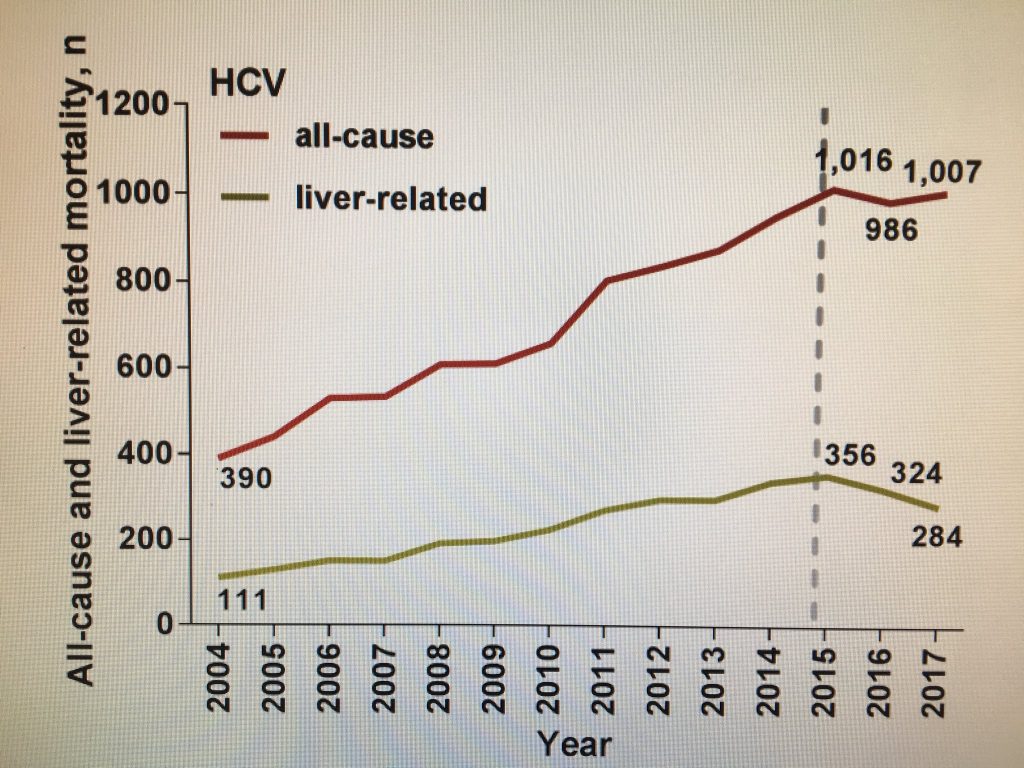The number of people with hepatitis C dying from liver disease has plummeted by 20% thanks to the availability of direct-acting antiviral (DAA) therapies, according to new data presented at the Australasian Viral Hepatitis Conference in Adelaide on 14 August.
Professor Greg Dore, head of the Viral Hepatitis Clinical Research Program at the Kirby Institute, based at UNSW Sydney said the decline reflected the high uptake of direct-acting antiviral therapies among people with hepatitis C, particularly those with more advanced liver disease.
“Since 2016, around 60,000 Australians have been treated with these highly curative therapies, and now for the first time, we are seeing fewer people dying of hepatitis C related causes,” he told the meeting.

“The data we’re presenting today directly relates to the estimated 70% of people with hepatitis C related liver damage that have started treatment since 2016, so we can expect to see further reductions in mortality,” he said.
But, according to Professor Dore there was still room for improvement and the declining rate of HCV treatment was of concern.
“More broadly, only 30% of people living with hepatitis C in Australia have been treated, so we need to continue to raise awareness about these life-saving treatments.”
Professor Dore noted that the number of people being treated each month had declined in 2018 to less than 1,500 and urgent action was needed to get back on track to meet the target of hepatitis C elimination by 2030.
“It’s clear that many people are still not aware these treatments exist. We need an increase in community awareness and education campaigns, and continued development of treatment models for marginalised populations, to ensure that everyone in Australia living with hepatitis C can access these treatments,” he said .

Also speaking at the conference, Melanie Walker, CEO of the Australian Injecting and Illicit Drug Users’ League (AIVL) welcomed the decline in deaths as “great news” but warned against complacency.
“If Australia is to meet the WHO’s hepatitis C elimination targets, we will need to focus on making treatment more accessible to marginalised and at-risk groups. This is the new challenge and the conference theme ‘No one left behind’ is designed to remind us that the mission is still a long way from being accomplished.”